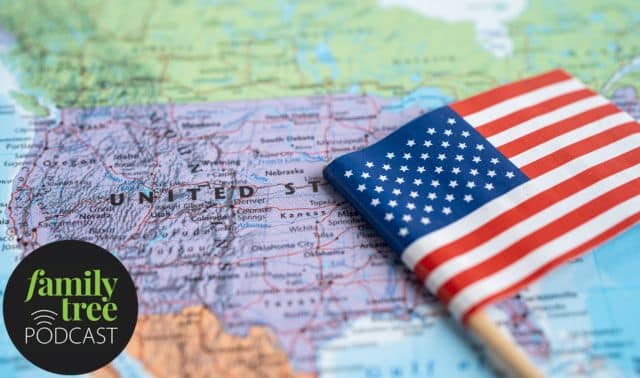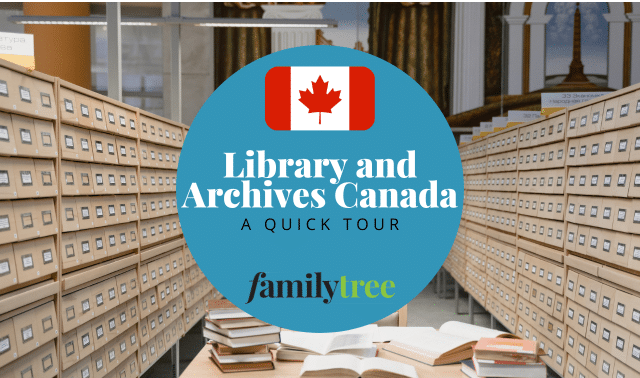Among those delivering roots revelations on camera is Megan Smolenyak Smolenyak, chief genealogist atAncestry.com (a partner in developing the series) and author of Who Do You Think You Are? The Essential Guide to Tracing Your Family History (Viking):
Family Tree Magazine: How many researchers worked on “Who Do You Think You Are?”
Megan Smolenyak Smolenyak: A lot! There was a core group of full-timers, some contributing organizations and a battalion of independent genealogists who did much of the local research. I’m glad so many genealogists had the opportunity to contribute their skills.
FTM: How many repositories did you visit for the show?
MSS: With the intensity of the research and time constraints involved, it’s necessary to rely on local talent for most repositories, but many repositories were involved.
FTM: In what ways is researching a celebrity’s genealogy just like researching anyone else’s?
MSS: Once you get traction—say, you find family members in the 1930 census—it tends to be like anyone
FTM: In what ways is researching a celebrity’s genealogy not like researching anyone else’s?
MSS: With virtually all celebrity-centered research—not just pertaining to this series—it’s rare to have access to the individual or any of their family members. If someone has access, it’s usually a producer. Sometimes it’s possible to get the celebrity or a relative to complete a form with basic information about one or two generations.
FTM: Can you share a memorable moment from the set?
MSS: I tend to feel sorry for audio folks who have to listen to people count to 10 all the time, so I’ll sometimes recite a poem instead. Without thinking, I did this while taping with one of the celebrities. The person looked momentarily nonplussed and then recited a poem back to me.
FTM: You’ve worked on other genealogy shows, such as PBS’ “Faces of America.” What was different about doing this one?




